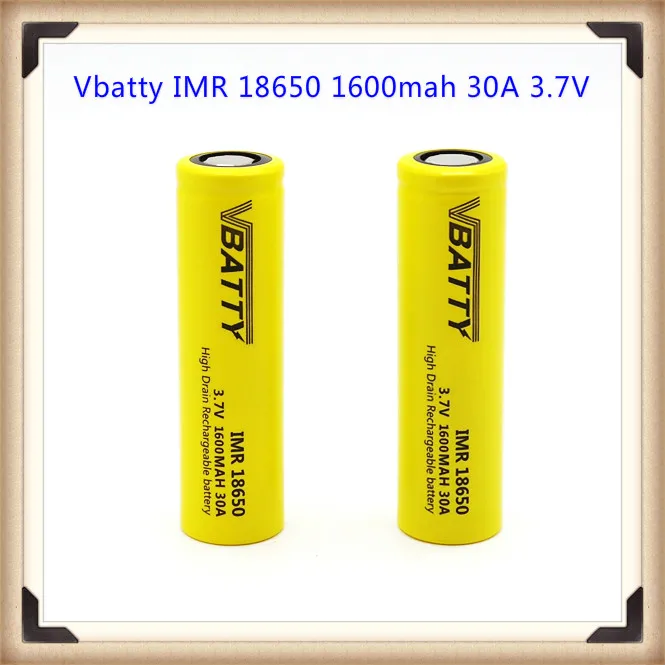

But in order to find those that can last the longest, we considered only those models with cycle ratings in the thousands.

#Rechargeable aa lithium batteries imr full#
Rated to withstand at least 1,000 cycles: Some rechargeable batteries are rated to last hundreds of cycles-a battery cycle is one full charge and one full discharge.(Just remember to take them off the charger once they’re charged to avoid damage.) Since our favorite charger can handle up to four batteries at once, for this guide we preferred brands offering packs of eight batteries (or four, so you can easily buy two packs at once). Available in packs of four or eight: We recommend getting twice as many batteries as you actually need, so you can charge one set while the others are in use.However, lithium-ion (Li-ion) rechargeable batteries offer certain advantages in some cases, so we also tested them for people who need the extra voltage they provide (1.5 V compared with 1.2 V). NiMH chemical composition: Nickel metal hydride (NiMH) batteries are the gold standard in AA and AAA rechargeables to date, so we focused primarily on this variety.As required by our testing criteria, all four of our Li-ion picks are low self-discharge batteries, and they’re rated to last at least 1,000 charge/discharge cycles. Although they have nominally different capacity ratings and charge differently-the black EBL batteries charge via a Micro-USB port on the sides of their barrels, and the red ones can be charged normally in any charger that’s compatible with Li-ion batteries-they fared about the same in our testing. Similar to their NiMH brethren, multiple Li-ion AA and AAA batteries tied for first in our testing: EBL’s black- and red-labeled AA batteries, as well as its black and red AAAs. If you own such a device (and if you’re unsure, it’s most likely listed on the bottom of the device or in the manual), you can use a rechargeable Li-ion battery instead of a disposable lithium or alkaline, since all three operate at a constant 1.5 volts. Some electric toothbrushes, digital cameras, and more require a slightly higher voltage than the 1.2 volts that NiMH batteries can provide. ^ "Ansmann AA – NiMH 2700mAh datasheet" (PDF).^ "Nickel-Hydrogen Battery Technology-Development and Status" (PDF).^ a b c d "Optimization of spacecraft electrical power subsystems" (PDF).^ a b c Arther, Miller (26 February 2016).^ a b c d e f "Testing NiCd and NiMH Batteries".Archived from the original (PDF) on July 25, 2021. ^ "A description of the Chinese nickel–iron battery from BeUtilityFree" (PDF).

Next-Generation Batteries and Fuel Cells for Commercial, Military, and Space Applications. ^ "Energy Density from NREL Testing by Iron Edison".: CS1 maint: bot: original URL status unknown ( link) ^ a b c "Nickel-Iron Power 6 cell" (PDF).^ "Edison's non-toxic nickel-iron battery revived in ultrafast form".^ a b c "ProCell Silver Oxide battery chemistry".Archived from the original (PDF) on Decem. ^ a b "Silver Primary Cells & Batteries" (PDF).^ "The history of the battery: 2) Primary batteries".



 0 kommentar(er)
0 kommentar(er)
